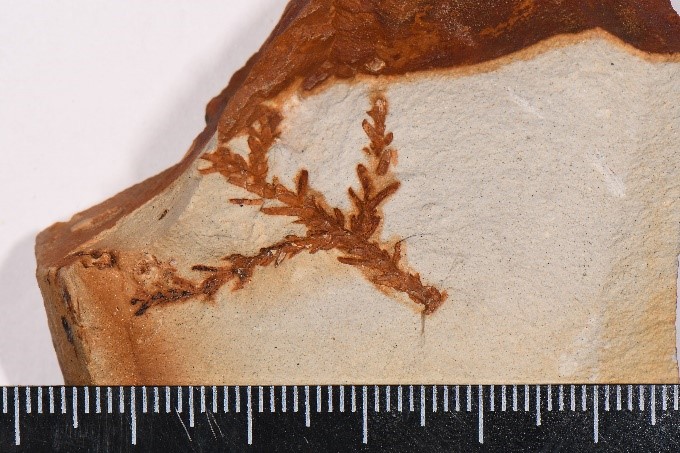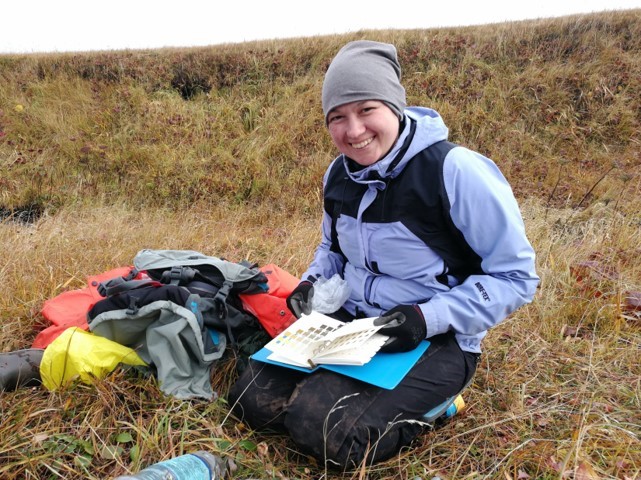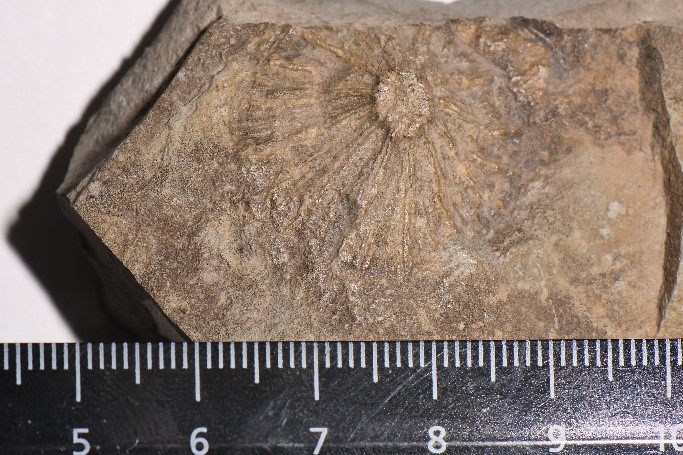The Commander Islands Nature and Biosphere Reserve continues to seek new points of view on the islands. This time we will take a look at them from underground to reveal the secrets of the distant history of these places.
This opportunity was provided to us by the work of a reserch group from the IPEE RAS headed by Olga Krylovich, Ph.D. Biological Sciences, who studied natural archives in Latin America, Africa and Russia. But her activity began, surprisingly, from the Commander Islands. And now she decided to return here to find out how people lived on the Commander Islands before (it is believed that the islands were periodically visited by Aleuts before their discovery) and after their discovery by Europeans, what animals and plants lived here thousands of years ago and how the islands changed in the course of history.
Historical ecology is “the history of vegetation and landscapes” (Rackham, 1998). To look into the past, scientists study various natural archives. “Historical ecologists use different methods to learn about communities of the past. For example, pollen trapped at the bottom of bogs or in peat bogs can tell a lot about how the vegetation of a given area has changed. The tree rings can tell us when the weather was favorable for growth and when there were fires. Scientists also use maps, documents and aerial photographs ”(Ecology, Paul Mitchell). In our case, the researchers focused on peat deposits, since they persist for a long time.
“We used to work with burrows of various animals. Burrows are a difficult subject of research. Animals throw layers of soil onto the surface, and around you can find waste products and bones of their prey, if we are talking about predators. Then we switched to cave deposits, where you can find droppings of both herbivores and carnivores. The main thing is to find layers of residues that have accumulated over a long time, ”said Olga Krylovich.

In the geological sediments the staff of the reserve periodically find traces of
paleofauna and paleoflora. Photo - Alexey Perelygin
In addition to burrows, such accumulations are often found in places where there were so-called "kitchen pile". These are common accumulations of kitchen waste near homes of local residents. The oldest "kitchen pile" is about 6,500 years old! Finding such a valuable object is a real success, because by it you can find out what grew in these places, what were the living conditions of people and their food, how they influenced the animals around and what tools they used.
“The preservation of the kitchen piles on the islands of the Commander-Aleutian island arc is amazing. Despite the acidic reaction of the soils of the islands of volcanic origin, we observe a large number of shells in the piles, which neutralize acidity, ”Olga shared.
This time, the research began with the search for the right place indicated in the work of volcanologists from 1986, and excavation in a bog, which supposedly has existed for 12 thousand years. A hole two meters deep reflected only 7 or 8 thousand years of the history of this place. Scientists collected peat samples for further research. Together with archaeologists, scientists removed the soil layer by layer in order to track the temporal dynamics. It is often possible to find the bones of animals, which are then carefully washed and transported to the laboratory. There is a whole collection of bones of existing and extinct animals, which allows you to compare the finds and find out what kind of species was found during excavations and who was mined by the local residents 1000 or 2000 years ago.

Work on the peat deposit will reveal the secrets of the past of Bering Island.
A hole about 190 cm deep was dug in the peat bog. In the lower third, a light strip is visible, consisting of ash from the Shiveluch volcano.
Then the task arises to establish the chronology. There are a number of tools for this: radiocarbon analysis, pollenological analysis and analysis of stable isotopes. The first analysis allows you to track the concentration of the isotope C14. And although the dynamics of the decay of this radioactive isotope is quite predictable, corrections are imposed associated with different solar activity and nuclear tests in the region. The difference between the model and the actual age can be 800 years! And when studying marine organisms, the process of calculating the correction is even more complicated. Therefore, scientists need different data about the region as a whole in different periods in order to adapt the data obtained to the research site. Palynological analysis is the analysis of pollen that is well preserved and practically does not deteriorate chemically. It will tell us about the plant composition around the peat bog. Analysis of stable isotopes makes it possible to establish what place in the trophic chain a particular species occupied, what it ate, and how its diet changed.
Since the work is carried out jointly with archaeologists, the objects of research are not only plants, but also animals including humans. So, scientists can say with accuracy that the Aleut settlements on the eastern side of the Commander-Aleutian island arc are older than on the western one, which made them abandon the version of settling from West to East. The settlement took place gradually from island to island. Marine hunters and gatherers used all available resources. They caught fish, seals, sea otters and many other animals. Interesting relationships were also traced. For example, on small islands, people more often hunted seabirds or hunted pinnipeds on local rookery. But if people consistently ate local seabirds, did that affect their population?

Collection and packaging of samples - the most important stage of research
The Islands of Four Mountains have told their story to scientists. 400 years ago, there were large populations of seabirds on the islands and the locals ate species such as the murrelet, the least auklet and the chicks of the fulmar and storm petrels. However, 200 years ago, the bones of chicks disappear from the kitchen piles. So, what has actually happened?
While studying peat deposits, scientists noticed characteristic light streaks of ash and turned to the work of volcanologists. It turned out that each volcanic eruption has certain characteristics and it is possible to track the ash from which volcano fell on the islands. In addition, in peat, scientists drew attention to fluctuations in the transfer of nitrogen from marine ecosystems to terrestrial ecosystems. As a result, the researchers hypothesized that the disappearance of birds and people is associated with a major eruption. After some time, people returned to the island, but the storm petrels were gone.
“Returning to the Commanders, in 1991 the bones of a sea cow were collected. We found out that in the Pleistocene the habitat of this animal was quite wide, and in the Holocene the herd was preserved only in the region of the Commander Islands. Finally, the animals disappeared after the arrival of the Russians. This is evidenced by archival data. The oldest bone found on Medny Island has been lying for four or five thousand years, but most of them are less than a thousand years old, ”Olga said. “As for our plans for the future, we are to study the collected samples and, of course, return to the Commanders to dig further.”










